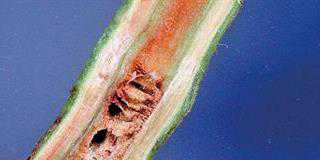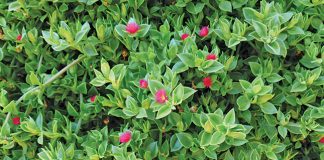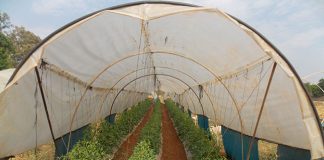To understand how this works, consider how the plant has learned to survive over many thousands of years. In their natural state, beans did not come up in neat rows, nor were they cultivated. They competed with many other plants, and only those with the genetic makeup to respond correctly to circumstances survived and were able to set seed, thus passing on their genes to the next generation.
Survival of the fittest
To survive competition, a plant must either be more vigorous or produce more seeds than the others. it is given too much nitrogen, the plant “thinks” there is no risk of a shortage. It therefore puts all its energy into growing as large as possible so that it overwhelms competing plants, and then goes about setting pods for the next generation. Of course, each plant in the field has the same idea, and aborts flower production in favour of vigorous vegetative growth. The result is forage beans with a much lower yield than expected.
Getting nitrogen levels right
The way to beat beans at their own game is to ensure they have enough nitrogen to form an adequate plant frame. Then they can capture all the sunlight they receive and convert it into pods. By the flowering stage, the plants should be a medium green colour – not too lush, but not deficient in nitrogen (resulting in older leaves becoming pale).
The plant will set as many pods as the leaf area permits. If it perceives that nitrogen is running out, the plant “thinks” it has set too many pods and may allow the younger ones to shrivel up. While pods are developing you can give a light application of nitrogen, which will make the plants happy and ensure a better pod colour. At this stage, you can even consider an application of 4kg/ha of low biuret urea (a source of non-protein nitrogen) as a foliar feed. Getting all of this right is easier said than done. In some soils, it may be necessary to apply a light LAN side-dressing a week after emergence. my soils, which have a good organic content, I apply 3 tons/ha of dry chicken litter and nothing else. Look and learn and fine-tune according to your soil and conditions. Contact Bill Kerr on (016) 366 0616 or e-mail [email protected].













